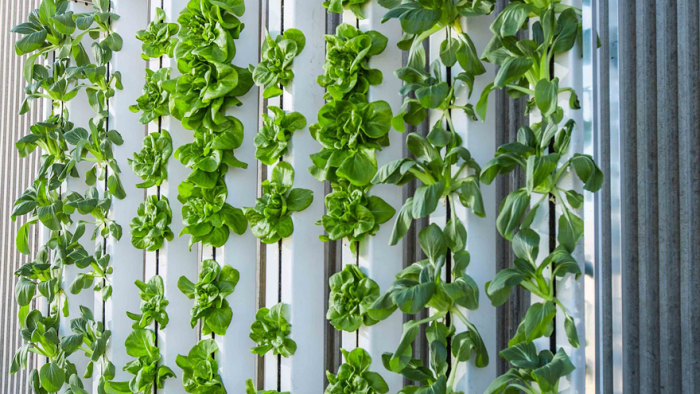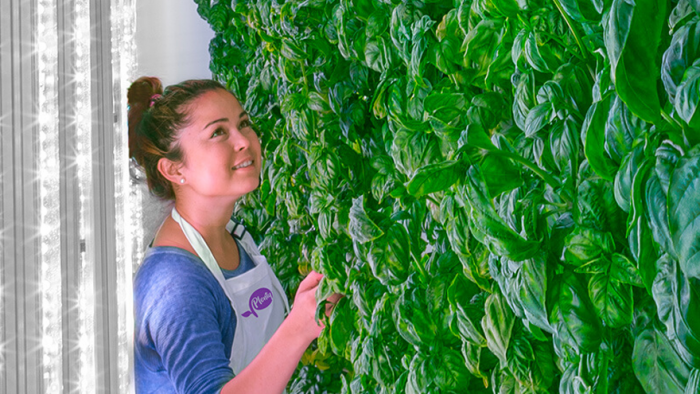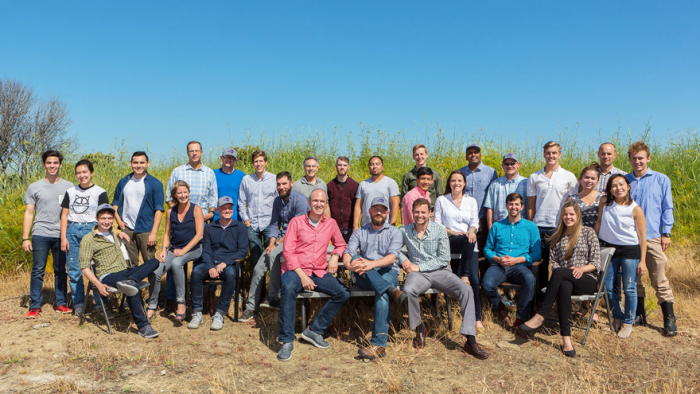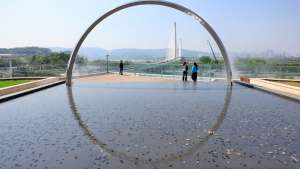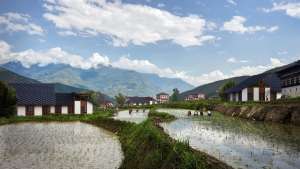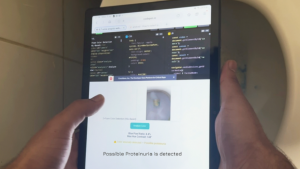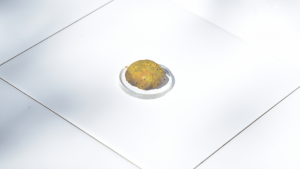Even in the world’s busiest cities, healthy and organic food is becoming a luxury that most families cannot afford. This is because most people rely on traditional, pricey agriculture located in outlying areas for vegetables.
Real estate is a major obstacle to overcome when it comes to agriculture and the resources required to cultivate vast crop fields is increasing. This, when compounded by transport costs and the effects of climate change, is making farm-grown produce less and less accessible for the majority of households.
A farming company called Plenty, based in Silicon Valley, is working to insert vertical farms in cities across the globe for the benefit of citizens and the planet.
Plenty is going where no other vertical farming company has gone before – everywhere.
They are taking soil-free farming technology and applying it on a grand scale to afford cities, on every continent, the opportunity to grow organic food closer to the metropolitan areas. Plenty’s mission is to give each city a hub to grow organic herbs and vegetables locally and indoors – at once cutting away water wastage, transport cost and seasonality of foods from the equation in one fell swoop.
While vertical farming is not new, no company has cracked the code of making it sustainable on a large international scale. The challenge for Plenty lies in geographical scope – they aim to open a range of vertical farms internationally and not just a few artisanal outlets. Small-scale indoor farms have proved the benefits of compact vertical farming for some time, but Plenty is working to make this a universal way of farming in many urban spaces worldwide in response to modern challenges.
Plenty’s engineers have patented their own take on vertical farming designs. Their farming structures are made up of mostly recycled plastic bottles. Instead of multiple horizontal shelves of soil-free planters stacked atop one another (which has become something of a convention in indoor gardening), Plenty’s farming structures are more like vertical towers flanked by equally long strings of LED lamps. Their grow rooms are meticulously tuned using infrared camera sensors and hermetically sealed to keep bugs out, removing the need for harmful pesticides.
According to Plenty CEO Matt Barnard in an interview with AgFunder, this indoor farming system has the capacity to produce 350 times the vegetable volume as the equivalent 1 square acre farm while using 1 percent of its water requirement – and what’s more, it can do so throughout the year as it is safely shielded from weather elements.
“It is the most efficient [form of agriculture] in terms of the amount of productive capacity per dollar spent – period,” he said.

